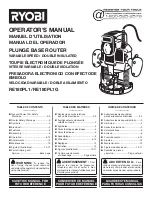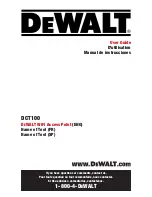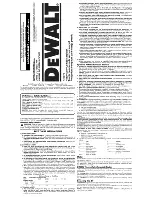
User’s Guide
Chapter 7 – Reference Manual
Figure 71 – Add New RADIUS Server
Name
– specify the new RADIUS server name.
Default
– check the check box to make the selected RADIUS the default server.
Authentication IP
– authentication RADIUS server IP address [dots and digits].
Authentication Port
– specify the network port used to communicate with RADIUS [1-65535].
The port default value of 1812 is based on RFC 2138 "Remote Authentication Dial-
in User Service (RADIUS)".
Authentication Secret
– shared secret string that is used to encrypt data frames used for
authentication server.
Accounting IP
– accounting RADIUS server IP address [dots and digits].
Accounting Port
– specify the network port used to communicate with RADIUS [1-65535].
Accounting Secret
– shared secret string that is used to encrypt data frames used for accounting
server.
Backup IP
– backup RADIUS server IP address [dots and digits].
Backup Port
– specify the network port used to communicate with RADIUS [1-65535].
Backup Secret
– shared secret string that is used to encrypt data frames used for backup server.
Shared secret must be
the
same
on
RADIUS
server
and
RADIUS
client
.
Reverse Accounting –
[enabled/disabled]. The RADIUS accounting request contains
Acc-Input-
Octets
and
Acc-Output-Octets
attributes. The interpretation of these attributes according the
RFC2866 is relative to the point of view. If this point is at the AC - Acct-Input* attributes should contain
the bytes/packets received at AC port from the client and Acct-Output* attributes should contain
bytes/packets sent from AC port to the client. If we move this point to the client - we will get the
reversing of Acct-Input* and Acct-Output* attributes values. The Acct-Input* then should contain
bytes/packets received from AC, what is bytes/packets that AC sent to the user in AC point of view
and what was Acct-Output*.
The AC implementation of RADIUS accounting request is at the client point of view
(
reverse
accounting
is disabled).
The value "
disabled
" means that Acct-Input* RADIUS attributes will contain bytes/packets
sent
to
the
client
and Acct-Output* RADIUS attributes will contain bytes/packets
received
from
the
client
during the curse of service being provided.
The value "
enabled
" means that info in the Acct-Input* and Acct-Output* RADIUS attributes will be
swapped (reversed). That is the Acct-Input* will contain bytes/packets received from the client and the
Acct-Output* will contain bytes/packets sent to the client.
Strip WISP –
[enabled/disabled] select ‘
enabled
' if you want to strip WISP domain name before
sending it to the RADIUS server. Stripping means removing everything before the “/” character
including character itself for such user name login format like: “WISPdomain/username”.
Select “
disabled
” if you need to send the user login name to RADIUS server unmodified. Some
RADIUS servers can be configured in such way that requires full-unmodified user name to be sent.
UAM authentication method
– select authentication method from drop-down menu:
PAP
– Password Authentication Protocol
CHAP
– Challenge Handshake Authentication Protocol
MSCHAP1
– Microsoft Challenge Handshake Authentication Protocol version 1
MSCHAP2
– Microsoft Challenge Handshake Authentication Protocol version 2
Gemtek Systems
Page 66
















































